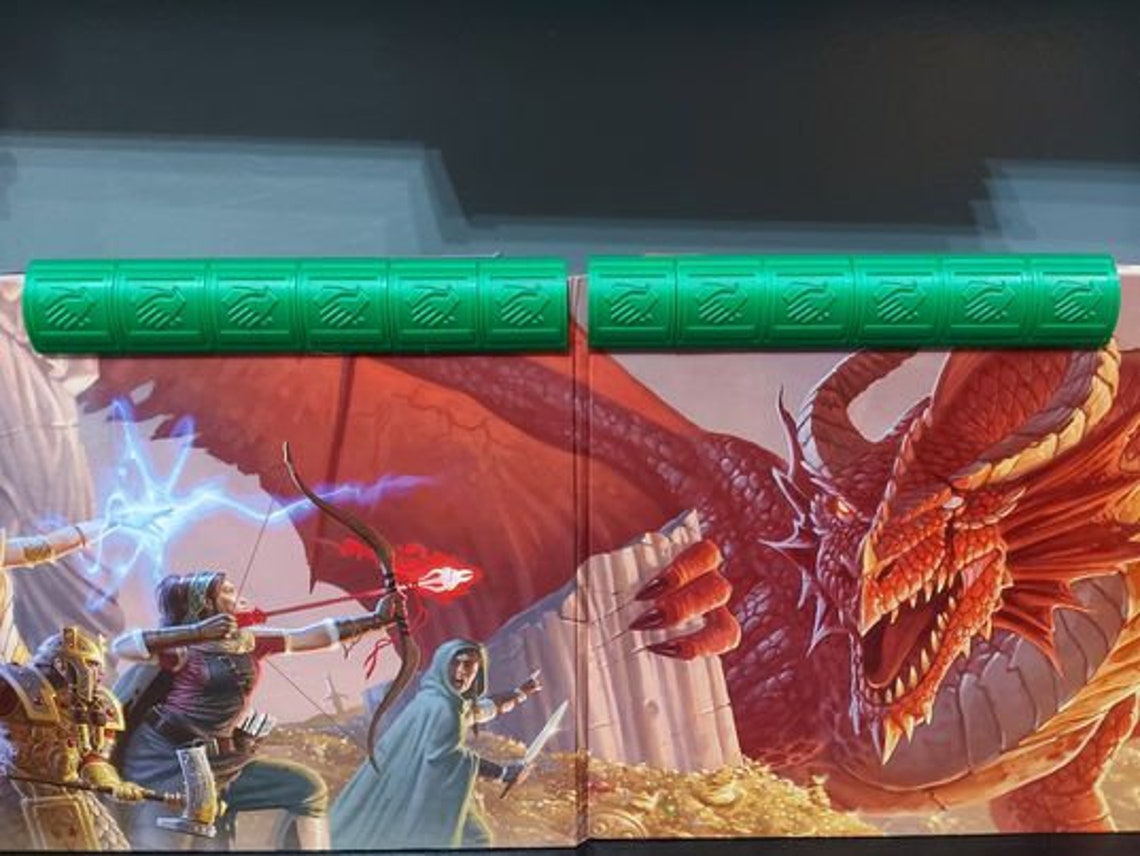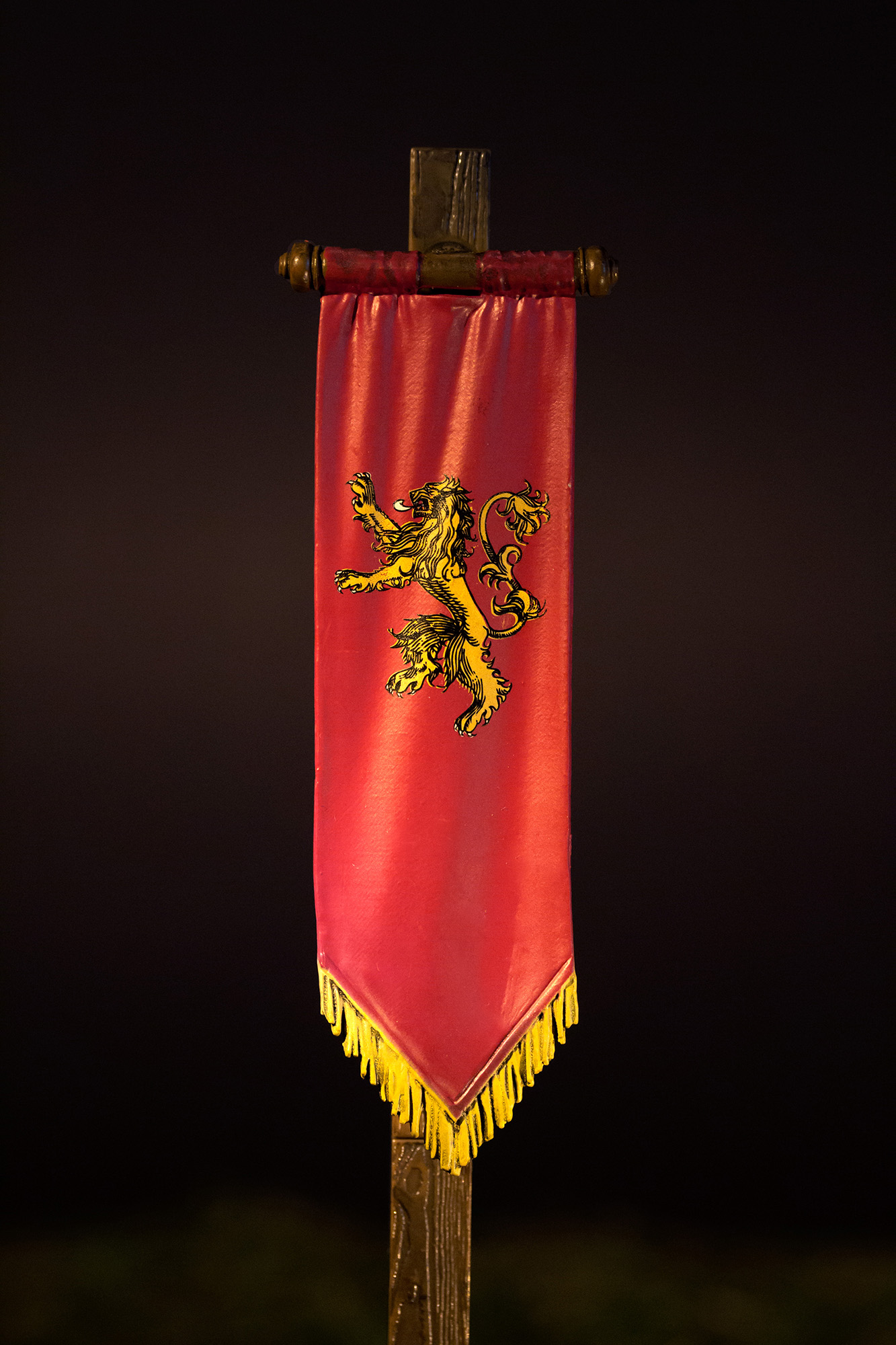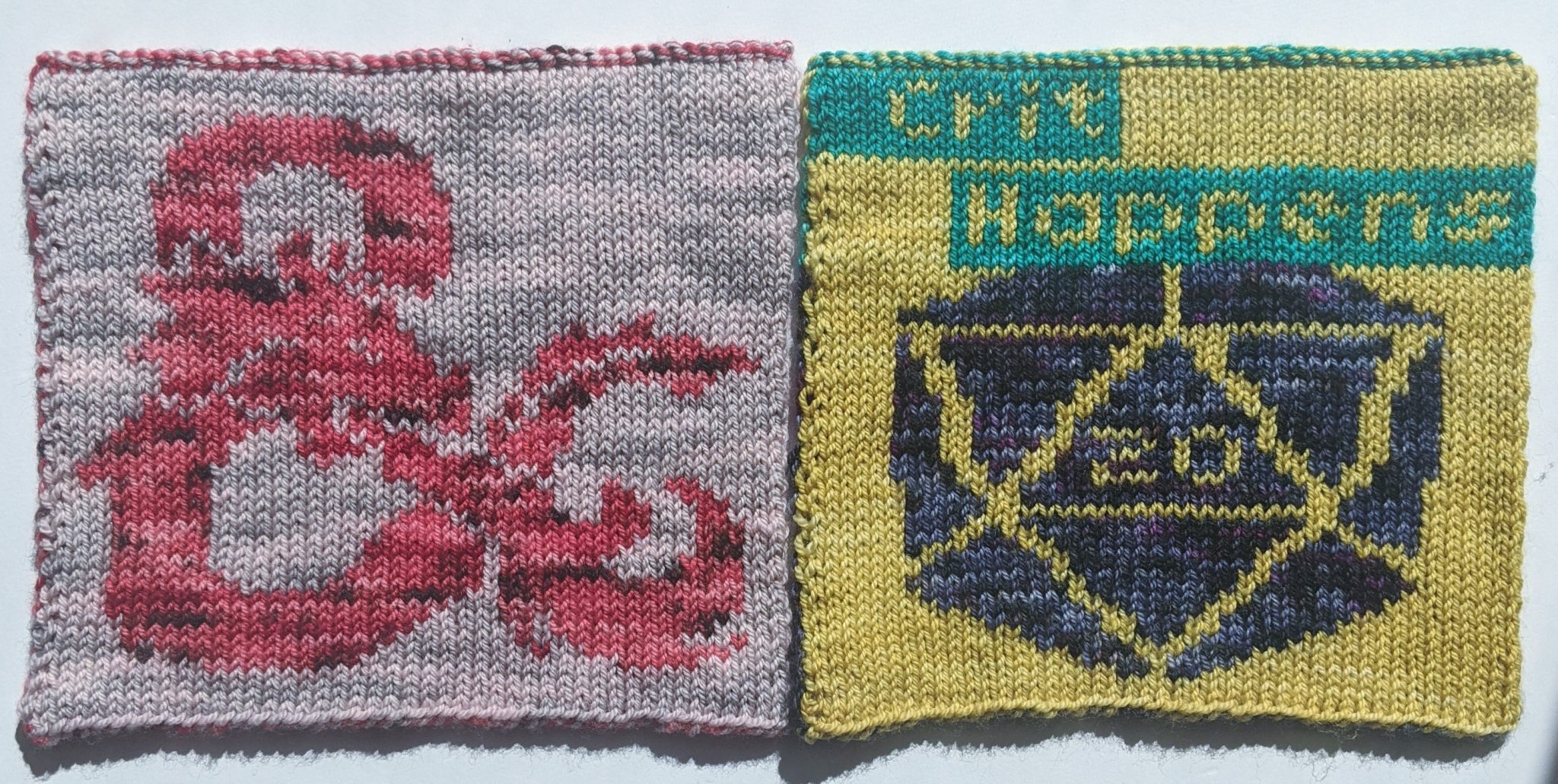
Each class has one or more archetypes.Ĭhapter 4 describes personality and background. Several of the races are divided into sub-races: dwarves into mountain dwarf and hill dwarf elves into high elf, wood elf and drow halflings into lightfoot and stout and gnomes info forest and rock gnomes.Ĭhapter 3 details twelve character classes: barbarian, bard, cleric, druid, fighter, monk, paladin, ranger, rogue, sorcerer, warlock, and wizard. The first four, which appeared in the original Dungeons & Dragons 3-Volume Set (1974), are listed as common races, while the other five are uncommon. It takes up nearly half of the book's length.Ĭhapter 1 provides step-by-step instructions for creating a new character.Ĭhapter 2 details the initial playable races: dwarf, elf, halfling, human, dragonborn, gnome, half-elf, half-orc and tiefling.
#DND BANNER OF THE UNLIVING HOW TO#
This section primarily describes how to create a new Dungeons & Dragons character. If the player fails to get the hint and persists, a particularly kind DM might ask a second time, "are you really sure?" The player who answers "yes" to this is likely to suffer catastrophic failure. Saying yes when the DM asks, "Are you really sure?": It is common for the Dungeon Master to ask the player "are you sure?" as a subtle warning that the action they have just described is likely to result in catastrophic failure.Angering a dragon of any variety: A popular online catchphrase is "Do not meddle in the affairs of dragons, for you are crunchy and taste good with ketchup." This in turn is a parody of a quote from The Fellowship of the Ring: "Do not meddle in the affairs of wizards, for they are subtle and quick to anger.".Storming the feast hall of a hill giant steading: A reference to the classic adventure module G1 Steading of the Hill Giant Chief (1978).

The bugbears' meat skewers are actually swords, which the bugbears will use to strike the visitors in an unexpected surprise attack.
#DND BANNER OF THE UNLIVING FREE#
Accepting a dinner invitation from bugbears: A reference to classic adventure module B2 The Keep on the Borderlands (1981), where a bugbear lair has signs outside offering free hot food and board to all humanoids visitors.The devil face contains a black portal, which is secretly a sphere an annihilation that destroys anything placed into it. Sticking appendages in the mouth of a leering green devil face: A reference to the large green devil face found in the Tomb of Horrors, an infamously deadly dungeon.Doing so increases the danger to the party in the event of a combat encounter. Splitting up the party: A common D&D aphorism is "don't split the party".This references several well-known Dungeons & Dragons tropes: A higher resolution wallpaper of this image can be found at .Ī jocular disclaimer appears on the credits page:ĭisclaimer: Wizards of the Coast is not responsible for the consequences of splitting up the party, sticking appendages in the mouth of a leering green devil face, accepting a dinner invitation from bugbears, storming the feast hall of a hill giant steading, angering a dragon of any variety, or saying yes when the DM asks, "Are you really sure?" The cover art is drawn by Tyler Jacobson. Hall of the Fire Giant King was reprinted for D&D 4th edition in Dungeon #200 (Mar 2012), and for D&D 5th edition as part of Tales from the Yawning Portal (2017). Snurre's hall later appears in the AD&D adventure module Against the Giants: The Liberation of Geoff. This scene is canonically located in the World of Greyhawk D&D setting.

In this adventure, the player characters attack Snurre's volcanic hall, where he is guarded by two hell hounds. King Snurre appears in the clasic AD&D adventure module G3 Hall of the Fire Giant King (1978), collected in the G1-3 Against the Giants (1981) trilogy.

Snurre here is dressed in a cloak crafted from white dragon hide. King Snurre as he appeared in Dungeon Magazine #200.Īccording to the book's credits page, the cover of the Player's Handbook depicts the fire giant king Snurre, calling his hell hounds to help him fend off invading adventurers.

The Player's Handbook is mainly divided into a preface and introduction, three main parts totalling eleven chapters, and five appendices.


 0 kommentar(er)
0 kommentar(er)
